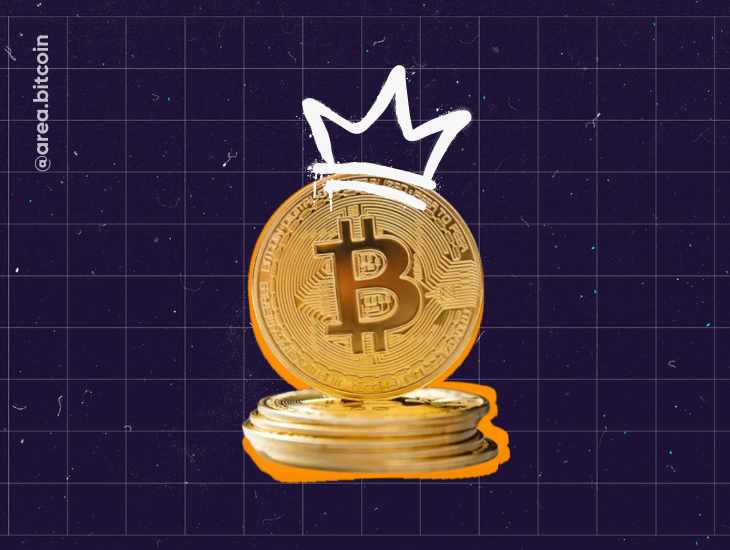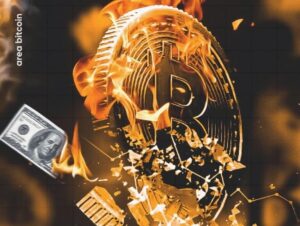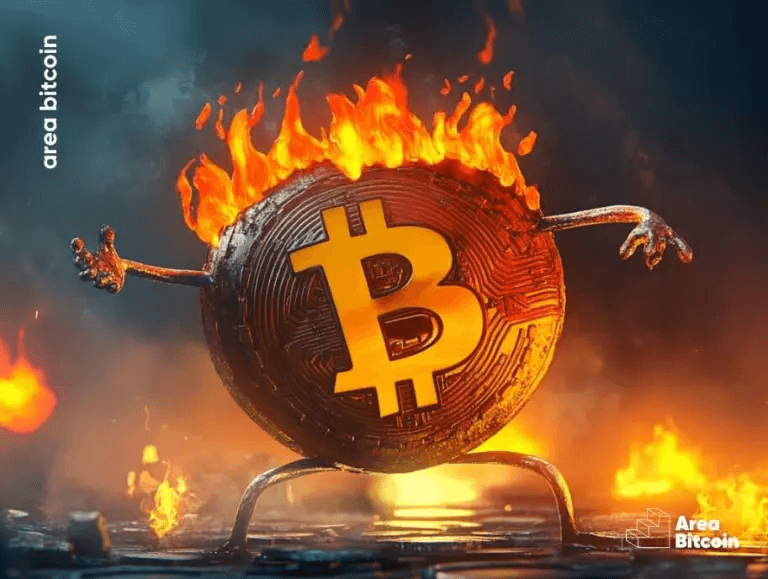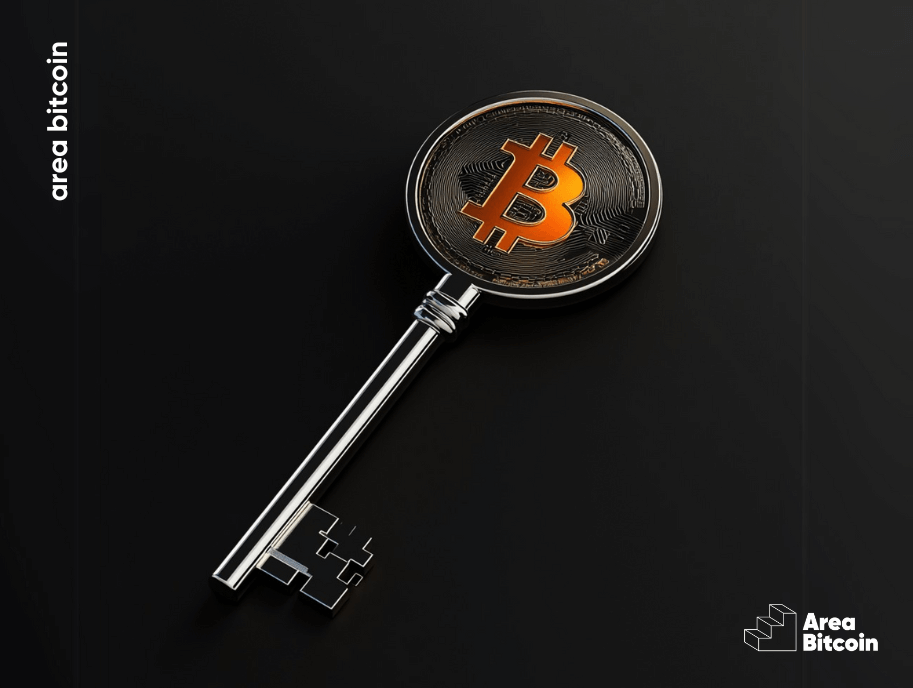Many people don’t know this and end up mixing everything up: Bitcoin and cryptocurrencies are completely different things.
This article is to explain how cryptocurrencies are the new traditional financial system disguised as a revolution and why Bitcoin is the only genuinely decentralized network.
What are cryptocurrencies and their types:
If you have been following Bitcoin and cryptocurrencies, you must have noticed that thousands of projects and opportunities to make and lose money have emerged in the last two years.
All these digital currencies arose from the creation of Bitcoin and its code, which has been public since 2009 for anyone who wants to copy it. Since then, many protocols have turned against it, claiming to be faster, safer, more innovative, and promising than Bitcoin itself. But none of this is true.
Today, we can consider that there are two types of cryptocurrencies: shitcoins and altcoins, which I will explain below.
Shitcoins:
A shitcoin is any cryptocurrency created to enrich its owner, the person who created the project. It’s a big scam disguised as a promising project or community currency, with a peculiar taste for kittens, puppies, games, or series. Shitcoins collapse faster because they are purely herd behavior and serve no purpose. Believing in a shitcoin is the first step to getting screwed with cryptocurrencies.
Some of the biggest shitcoins on the market are also known as memecoins, such as Dogecoin, Shiba Inu, and Baby Doge.
Altcoins:
The other type is altcoins, which, due to lack of understanding or bad faith, claim to be decentralized and innovative, when in fact they are centralized companies disguised as protocols. These altcoins often exalt their blockchain and how it does amazing things that Bitcoin’s blockchain doesn’t. This is, due to ignorance or bad faith, claiming that blockchain has more than one use case.
The only function of a blockchain is to be nothing more than a slow database designed to do one thing: ensure that there is no double-spending. Any other use of the blockchain is to use a slow and bureaucratic technology to do what any other type of database would do better.
Altcoins use these misconceptions to promote their own narrative. Bitcoin has managed to give real use to blockchain through the use of very specific technologies such as proof of work, Merkle trees, and cryptography, and this is only possible with Bitcoin.
This may sound strange, especially since there’s a market that exalts blockchain and not Bitcoin. But Bitcoin’s blockchain is not the real innovation behind Satoshi’s creation. The real innovation is the combination of blockchain (a type of database that nobody used) with proof of work, Merkle trees, and cryptography to create for the first time in history absolute mathematical scarcity achieved by consensus on a decentralized network. That’s why Bitcoin is unique and unreplicable, unlike all other cryptocurrencies.
How Bitcoin is different from all other cryptocurrencies
Decentralization is not something that can be created in a lab, it happens organically. Decentralization cannot be achieved again because every new network will have people aware of the attempt to decentralize, and they will act as centralizing forces. In fact, the great discovery behind Bitcoin is the very unreplicability of decentralization.
Therefore, the idea that there can be thousands of cryptocurrencies with different use cases is wrong. It’s based on a misunderstanding of what money is, what a protocol is, and what a company is. Money is the most sellable good
in a society. It’s something demanded by the entire society. You can exchange money for all other goods and services that exist.
With all new technologies and inventions, opportunists appear who start businesses to ride the wave. That’s why there are so many new cryptocurrencies, over 15,000, trying to find space to grow, but these projects look much more like companies than protocols:
- They have an initial investor to get the project started;
- They have a CEO;
- They have a marketing team;
- They advertise on social media and so on.
Projects that organize themselves in this way are a company, not protocols that function like a living organism that spreads and is no longer controlled.
That’s why in the United States, the SEC, the American CVM, is positioning itself treating altcoins as securities, shares of unregulated companies. Meanwhile, Bitcoin is being treated as a commodity, just like gold. And this debate is likely to heat up in the coming months with the market downturn in 2022.
Why is only Bitcoin decentralized?
Many altcoins seem to have noble reasons for existing, such as increasing privacy, making transactions cheap and fast, or creating decentralized applications. But when you think scientifically about it, none of it makes sense, and none of these cryptocurrencies are truly decentralized.
Many of these projects don’t have a distributed network, it’s located in centralized data centers, and it’s not simple for ordinary people to run their own node. Others use proof of stake where most of the tokens are in the hands of the creators or financiers of the project, and with this, they end up having more power over the network, i.e., centralized. And some projects simply live off the hype of that cycle and when the downturn comes, lose liquidity and agonize or die.
No altcoin can guarantee the immutability of its own protocol or a fixed coin issuance schedule like Bitcoin. Altcoins are always changing their consensus mechanism, partnering with Central Banks and companies.
A decentralized protocol does not make partnerships, does not change rules overnight, has no commitment to return any value to initial investors, and does not promote ads, like Solana has been doing on Twitter:

Cryptocurrencies are joining the fiat system
Another point is that banks, managers, and companies are creating their own tokens. The financial market is tokenizing. The Central Bank of Brazil is going to create the digital real in partnership with an exchange and a “protocol” called Aave. There’s nothing Bitcoin-like about that.
The traditional financial market has gone crypto! Centralized and pretending to be innovative to replicate everything we already know because nothing has really changed. The only thing that changes the financial system, eliminates intermediaries that centralize currency issuance and dictate the rules of when to print more money is Bitcoin.
Bitcoin is an open network to everyone, with a limited amount of coins that doesn’t allow for inflation. It’s a public network resistant to censorship, and no one can prevent you from using it. Bitcoin is not controlled by anyone and was not created to appreciate in value, but to liberate people. The problem is that few see that they are stuck in the quicksand of fiat currencies, inflation, and tied to leech-like intermediaries.
We are experiencing the greatest change humanity has ever seen. A reordering of power in society where people will regain the decision-making power over their money. All the value that exists, or that will exist, will be divided by 21 million units. Those who do not understand this and choose to hold altcoins or assets linked to the fiat system will see their purchasing power melt like ice cubes in the sun.
The choice is always yours.
Share on your social networks:
Area Bitcoin is an educational Bitcoin school that aims to accelerate the financial and intellectual sovereignty of all individuals.
Did you like this article? Consider buying us a cup of coffee so that we can keep writing new content! ☕







